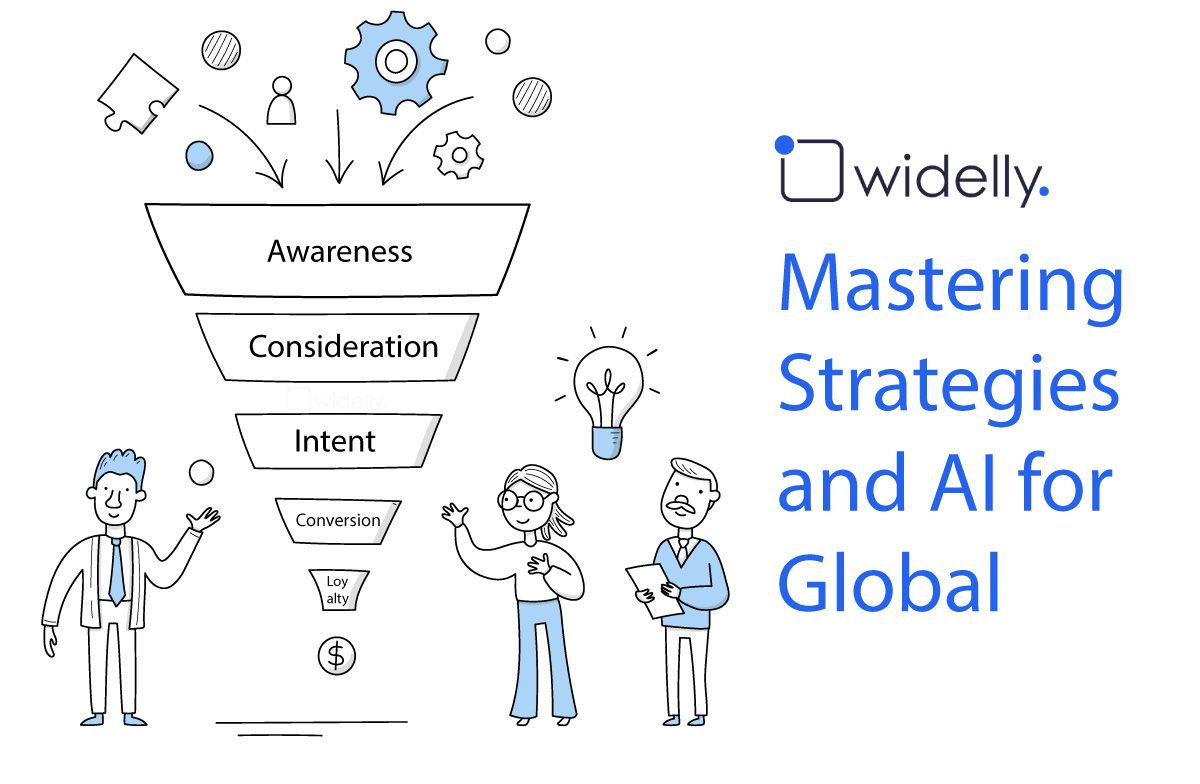Introduction: Why the Marketing Funnel Still Matters in 2025
In 2025, the marketing funnel continues to be the heart of every digital growth strategy. What has changed is the way customers move through it.
Artificial Intelligence (AI), predictive analytics, and human-centered storytelling have replaced one-size-fits-all marketing.
The modern funnel no longer flows in a straight line. Instead, it adapts in real time to each user’s behavior, search intent, and engagement pattern. This means marketers must now think like both data scientists and storytellers.
Let’s explore each funnel stage in detail with real examples, proven strategies, and measurable success indicators.
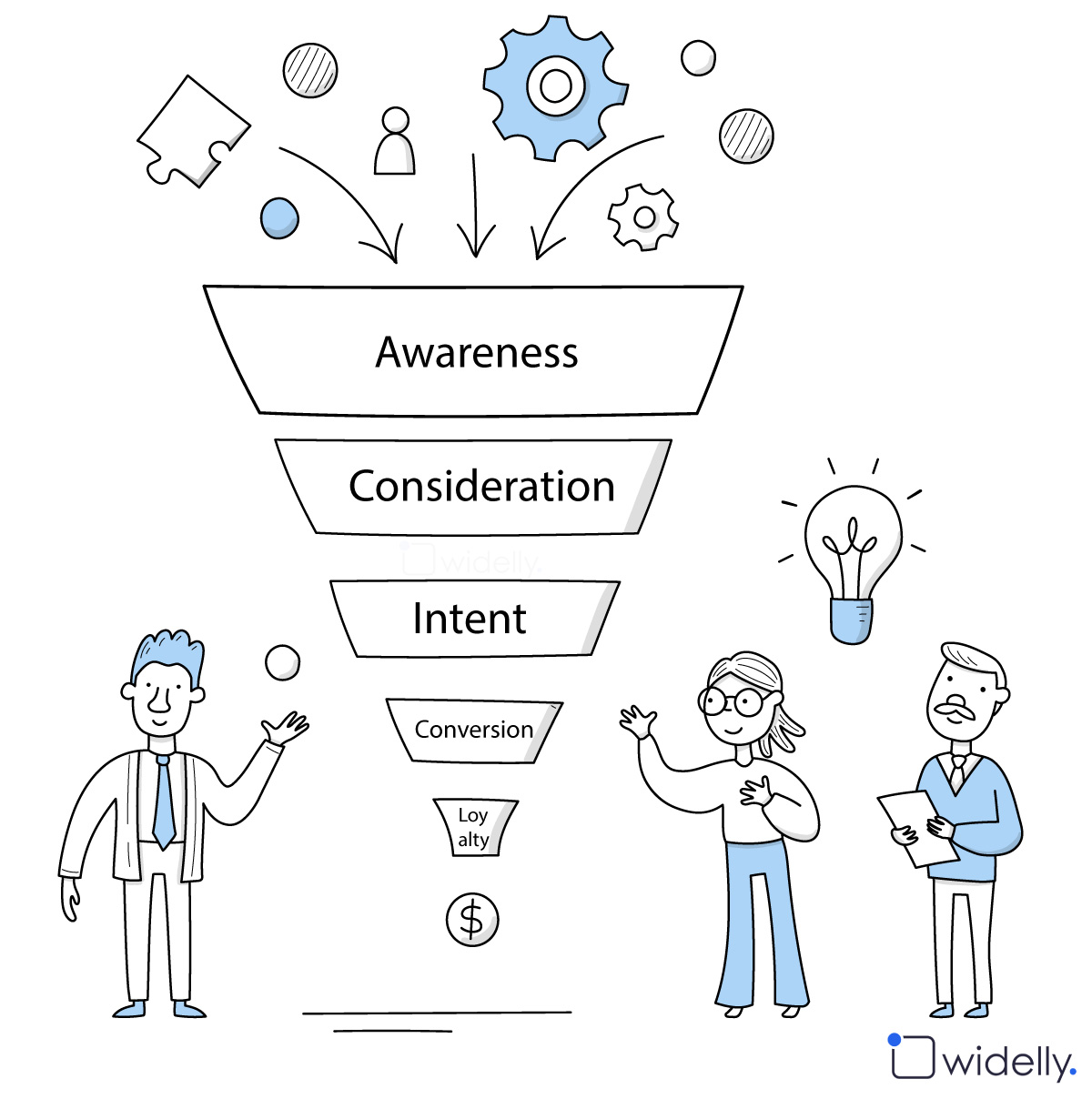
1. Awareness: Making People Know You Exist
The awareness stage is where discovery happens. Your audience should instantly understand who you are and why you matter.
Where to Focus Online
- Organic social channels like LinkedIn, TikTok, and Instagram
- AI search tools through Answer Engine Optimization (AEO) and Generative Engine Optimization (GEO)
- Blog posts, trend reports, and PR campaigns that highlight your brand voice
Key Performance Indicators
- Impressions and traffic growth
- Mentions in AI search answers
- Increased organic visibility
Smart Strategies
- Create content optimized for AI-generated search answers
- Build founder-led content to show credibility and leadership
- Launch campaigns around trending topics that your audience already cares about
Pro Tip: Brands that combine SEO with AEO optimization see up to 45% more organic impressions in AI-powered search tools such as Google Gemini and Perplexity.
2. Consideration: Educate and Build Trust
Once people discover your brand, the next step is education. The consideration stage is all about building authority through valuable content and consistent communication.
Where to Focus Online
- Long-form blogs, product comparisons, and explainer articles
- Video tutorials, customer stories, and webinars
- Community platforms such as Reddit, Quora, and niche Slack groups
Key Performance Indicators
- Increased time on page and return visits
- Growth in newsletter sign-ups
- AI snippet and citation appearances
Smart Strategies
- Develop “best of” guides or expert comparisons
- Host live Q&A sessions or short-form educational videos
- Offer free gated resources like checklists, templates, or mini-courses
Research Insight: According to HubSpot’s Marketing Trends 2025 Report, 68% of B2B buyers say they choose brands that provide educational value during their research stage.
3. Intent: Capturing Those Evaluating Your Offer
The intent stage is where your audience compares you against competitors. This is your opportunity to provide clarity, proof, and personalization.
Where to Focus Online
- Product pages, reviews, and case studies
- AI-powered chatbots and interactive tools (like ROI calculators)
- Google Business profiles and branded search results
Key Performance Indicators
- Number of demo requests or free trial sign-ups
- Growth in branded search volume
- Lead quality and engagement rate
Smart Strategies
- Use AI to identify high-intent leads and send personalized recommendations
- Showcase social proof with testimonials, user reviews, and data-driven success stories
- Add structured data for better visibility in AI-enhanced search results
Pro Tip: Interactive content such as quizzes or budget calculators increases lead conversion rates by 30% compared to static pages.
4. Conversion: Turning Interest Into Action
At this stage, potential customers are ready to decide. The goal is to make the buying process smooth, clear, and confidence-driven.
Where to Focus Online
- Conversion-optimized landing pages
- AI-personalized checkout flows
- Email nurture sequences and social DMs
Key Performance Indicators
- Conversion rate and revenue per lead
- Cart abandonment reduction
- Customer satisfaction ratings
Smart Strategies
- Personalize CTAs based on browsing history and preferences
- A/B test AI-generated landing page variants
- Add limited-time offers, onboarding bonuses, or loyalty incentives
Example: A SaaS brand used AI-driven CTA testing and boosted its conversion rate by 26% within three months.
5. Loyalty: Turning Buyers Into Fans
Customer loyalty is the most profitable part of your marketing funnel. Loyal customers are 5 times more likely to repurchase and 4 times more likely to refer friends.
Where to Focus Online
- Email campaigns with personalized offers
- Online communities and discussion hubs
- SEO-optimized help centers and user-generated content pages
Key Performance Indicators
- Retention and repurchase rate
- Referral sign-ups
- Engagement within community spaces
Smart Strategies
- Use AI to predict churn and trigger early engagement campaigns
- Offer exclusive perks, gamified rewards, or member-only benefits
- Encourage user-generated stories and co-created brand moments
Industry Data: According to McKinsey’s 2025 Customer Experience Report, businesses that prioritize retention see a 29% higher profit margin compared to those focused only on acquisition.
Key Takeaway: AI and Authenticity Work Best Together
The marketing funnel in 2025 is not just about automation. It’s about blending AI precision with human connection.
AI helps marketers identify opportunities, while human storytelling builds emotion and trust. When both elements work together, you don’t just sell — you create relationships.
Action Plan for Your 2025 Strategy
- Audit your funnel for content gaps and user drop-off points.
- Integrate AI tools for personalization, content generation, and data analysis.
- Humanize your brand voice — speak to people, not algorithms.
Recommended External Sources
Related Topics
About the Author
Charulatha
charu · 1 articles published
Expert contributor at Widelly, sharing insights on B2B and B2C growth strategies.
Related Articles
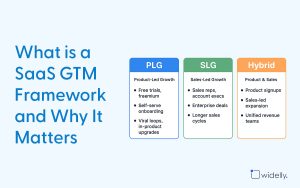
What is a SaaS GTM Framework and Why It Matters
In today’s rapidly evolving SaaS landscape, covering everything from small-business tools to enterprise platforms, sustainable…
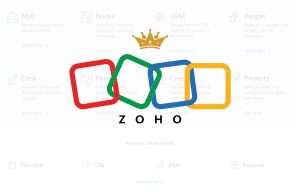
Zoho: The Affordable SaaS Powerhouse Challenging Google, Microsoft, and More
Zoho is a popular software company from India that helps businesses run smoothly. It offers…
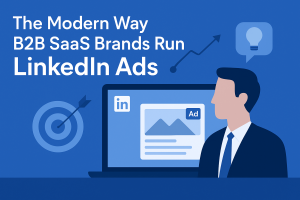
How Top B2B SaaS Brands Run LinkedIn Ads That Actually Convert
Introduction: Why LinkedIn Ads Still Matter for B2B SaaS LinkedIn has become the go-to platform…

